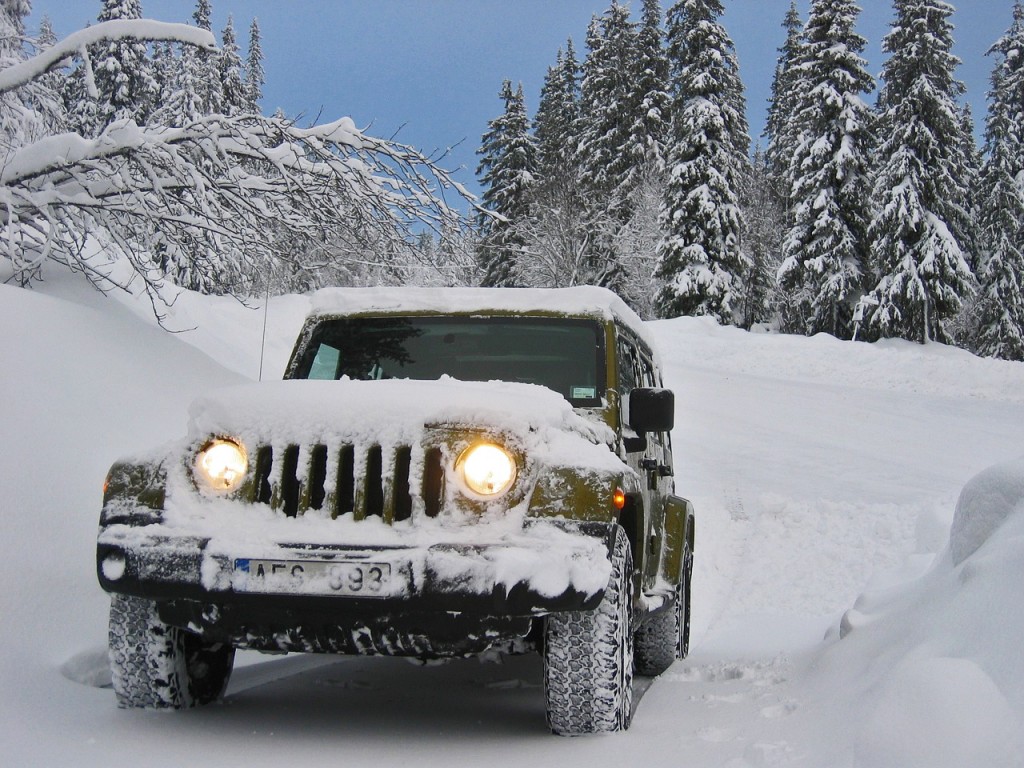
If you’re thinking of driving to a European ski resort, so that you can go at your own pace and take in some stunning scenery, then you shouldn’t feel too daunted by the task ahead.
However, there are several things you should keep in mind, or prepare in advance, so there are no nasty shocks once you hit the road.
1. Ride on Time
Make sure you know your schedule, and stick to it – particularly if you have to cross any water, such as the English Channel.
Arrive in plenty of time for ferry journeys, or remove this complication completely by having your car securely shipped ahead to the continent, and meeting up with it there to begin your road trip.
2. Whatever the Weather
Remember, if you’re driving to a European ski resort, there’s going to be mountains, and there’s going to be snow.
Plan for the worst weather, just in case, and you should be able to make it to your destination without too much difficulty – just make sure you have the right tyres for icy roads, and so on.
3. Laws of the Land
Check what the local motoring laws are in any country you intend to drive through; some European countries require you to carry certain safety equipment at all times, for instance.
You might also need your identification, passport, full driving licence and so on to be in your vehicle with you, so again, double check before you set out, and make sure it’s within easy reach in case you are pulled over by the police.
4. The Right Side of the Road
One of the most obvious issues is which side of the road you should be on, so get it right and try to become accustomed to driving on what might feel like the wrong side.
Remember that, if you are in a right-hand drive vehicle on the right-hand side of the road, your position as the driver will be much closer to the kerb than usual, so learn to adapt.
Alternatively, send your car on ahead to your destination for making local trips once you’re there, and hire a left-hand drive car for the longer journey to the resort, so your road placement feels more natural.
5. Them’s the Breaks
Rest stops are important on any long journey, but if you are in an unfamiliar country you should schedule more breaks, and make sure you stick to your plan.
Driving on unfamiliar roads, with unfamiliar laws and potentially street signs that you don’t immediately recognise, can all be much more stressful than a daily commute that you’ve been doing for years – and that can take its toll in terms of tiredness.
Stop frequently, for a good length of time, and recharge your mental batteries; breaks are also a good chance to have a snack or rehydrate, and check the map to make sure you’re where you intended to be.
Like us on Facebook and follow us on Twitter and Google + for all the latest news, offers and events.